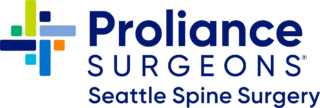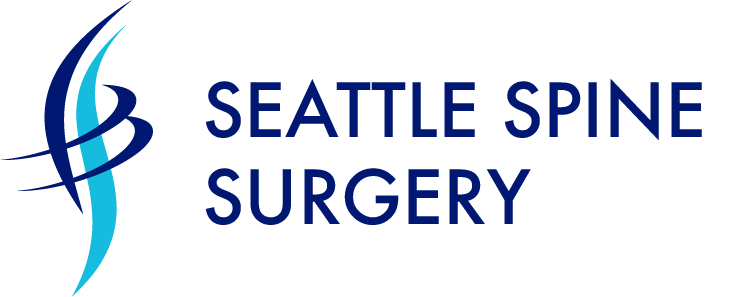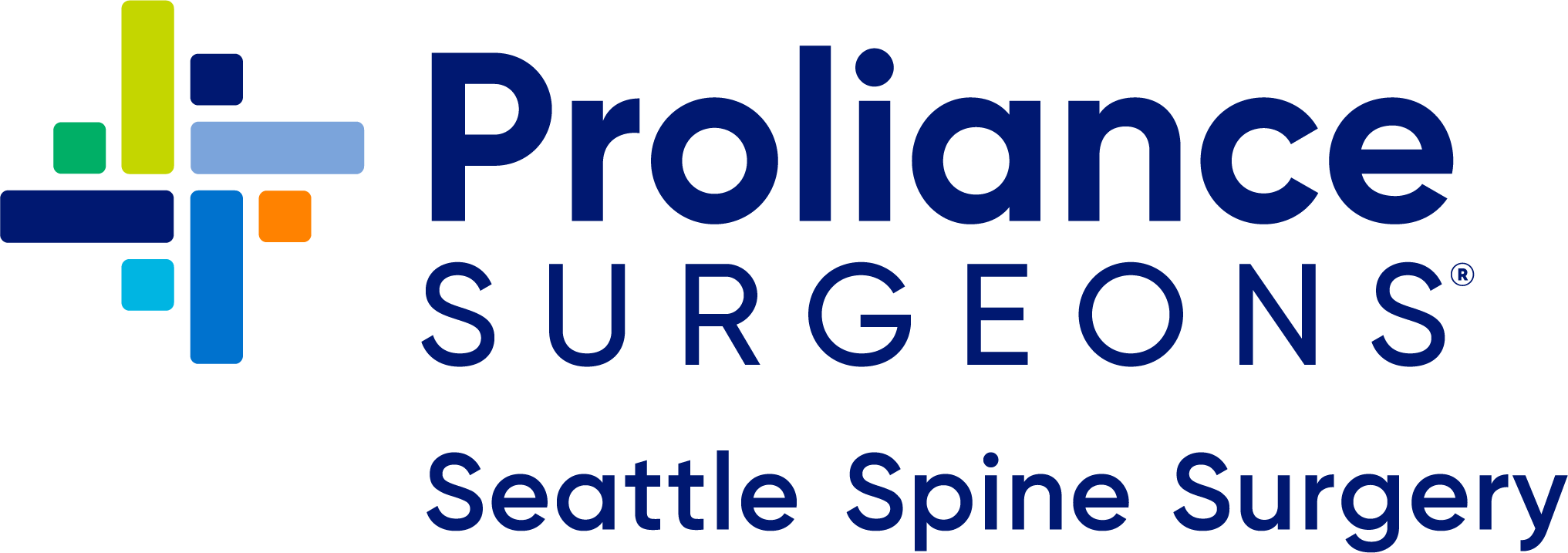
What is an Artificial Disc Replacement?
Artificial disc replacement (ADR) is a revolutionary medical procedure designed to alleviate chronic back pain caused by degenerative disc disease (DDD). This surgery involves replacing a damaged spinal disc with an artificial one, aiming to restore normal motion and function to the spine. Here, we will explore what artificial disc replacement is, how it works, and its benefits and risks.
Understanding Degenerative Disc Disease
Degenerative disc disease is a condition where the intervertebral discs, which act as cushions between the vertebrae, deteriorate over time. This degeneration can cause severe pain, stiffness, and limited mobility. Factors such as aging, injury, or repetitive stress can contribute to this condition. When conservative treatments like physical therapy, medications, and injections fail to provide relief, surgical options like artificial disc replacement may be considered.
How Does Artificial Disc Replacement Work?
Artificial disc replacement involves removing the damaged disc and replacing it with an artificial one. Here’s a step-by-step overview of the procedure:
- Preparation: The patient is placed under general anesthesia. The surgeon makes an incision in the abdomen (for lumbar disc replacement) or the neck (for cervical disc replacement) to access the spine.
- Removal of Damaged Disc: The damaged disc is carefully removed, and the surrounding area is prepared for the new implant.
- Insertion of Artificial Disc: The artificial disc, made from materials such as metal and medical-grade plastic, is inserted into the space where the damaged disc was removed. The new disc is designed to mimic the function and movement of a natural disc.
- Closing the Incision: The incision is closed, and the patient is taken to the recovery room to begin the healing process.
Benefits of Artificial Disc Replacement
Artificial disc replacement offers several significant benefits over traditional spinal fusion surgery:
- Preservation of Motion: Unlike spinal fusion, which limits movement at the treated segment, ADR maintains natural spine motion.
- Reduced Risk of Adjacent Segment Degeneration: By preserving motion, ADR reduces the stress on adjacent discs, potentially lowering the risk of degeneration in those areas.
- Quicker Recovery: Patients often experience a faster return to normal activities compared to those who undergo spinal fusion.
Risks and Considerations
As with any surgical procedure, there are risks associated with artificial disc replacement:
- Implant Failure: Although rare, the artificial disc can fail or move out of place.
- Infection: There is a risk of infection at the surgical site.
- Nerve Damage: Nerve damage can occur, leading to numbness, weakness, or pain.
- Allergic Reactions: Some patients may have allergic reactions to the materials used in the artificial disc.
Who is a Candidate for Artificial Disc Replacement?
Ideal candidates for artificial disc replacement are typically younger, non-obese individuals with single-level disc degeneration who have not responded to conservative treatments. Patients with multiple degenerative levels, significant spinal instability, or osteoporosis may not be suitable for ADR. It’s crucial for patients to undergo a thorough evaluation and discuss their specific condition with a spine specialist to determine if ADR is the right option for them.
Artificial disc replacement is a promising surgical option for individuals suffering from chronic back pain due to degenerative disc disease. By replacing a damaged disc with an artificial one, this procedure aims to restore normal motion and function to the spine, offering significant pain relief and improved quality of life. While ADR is generally successful, it’s essential to weigh the benefits against the potential risks and to consult with a healthcare provider to determine the best treatment approach for your specific needs.
As advancements in technology and surgical techniques continue to evolve, artificial disc replacement stands as a beacon of hope for many, providing a path to a pain-free and active life.


